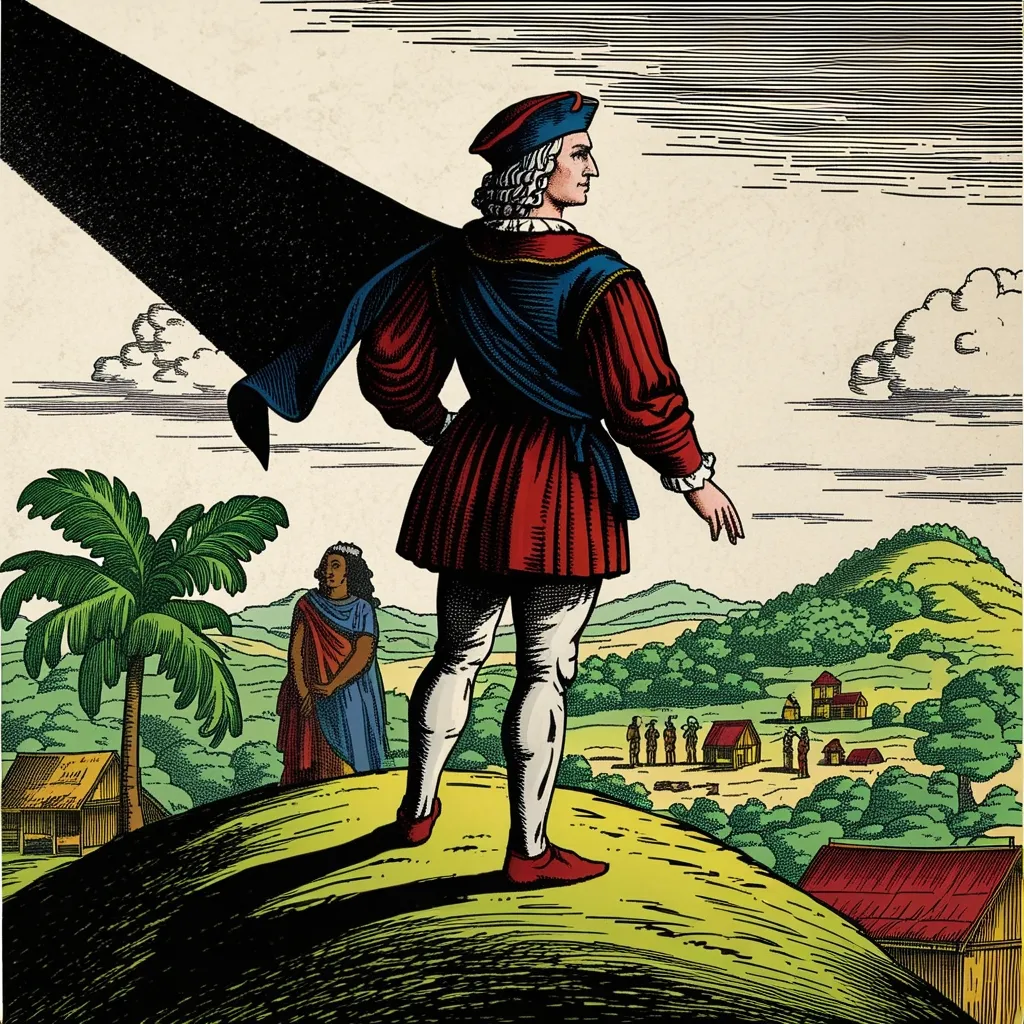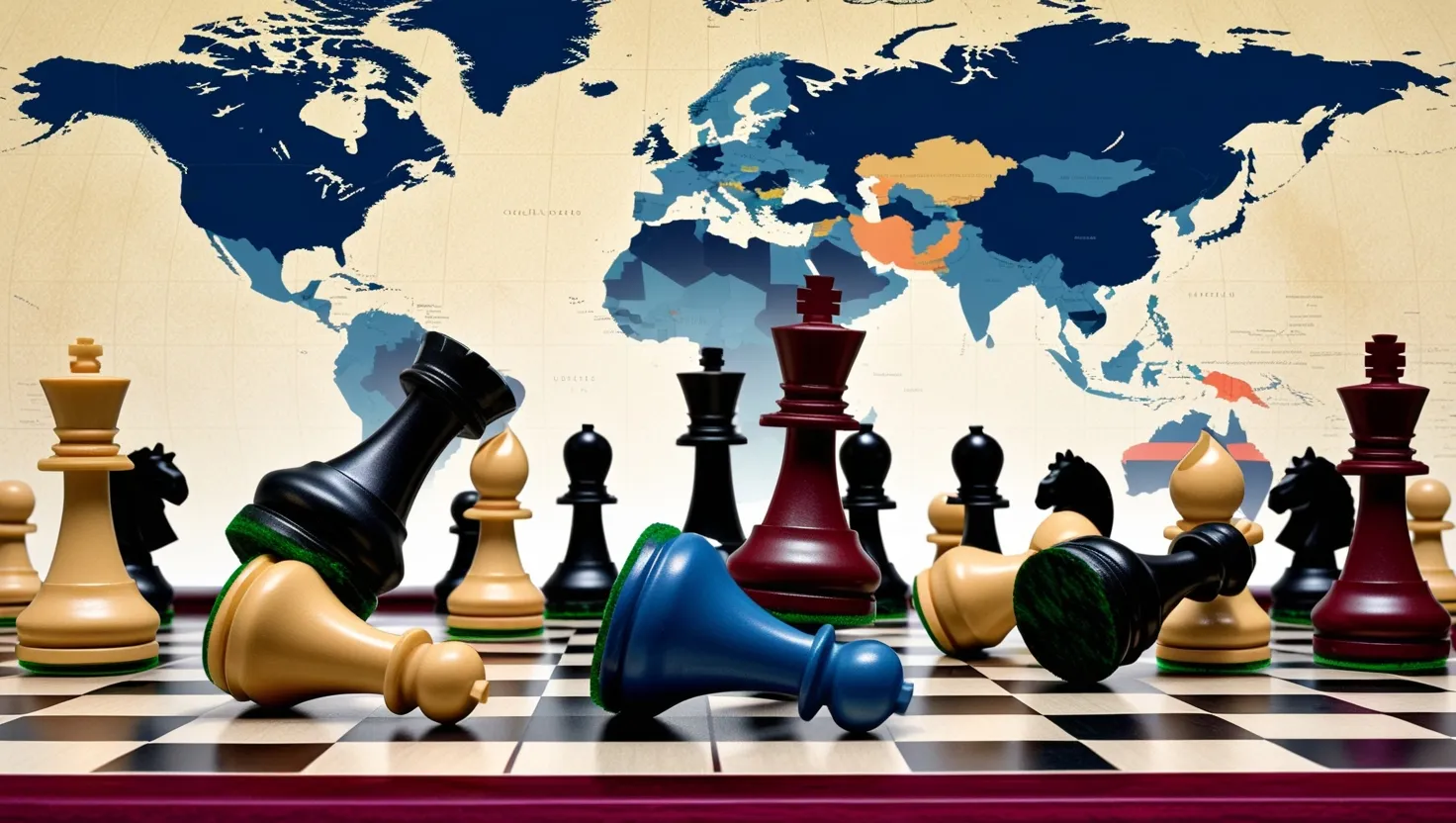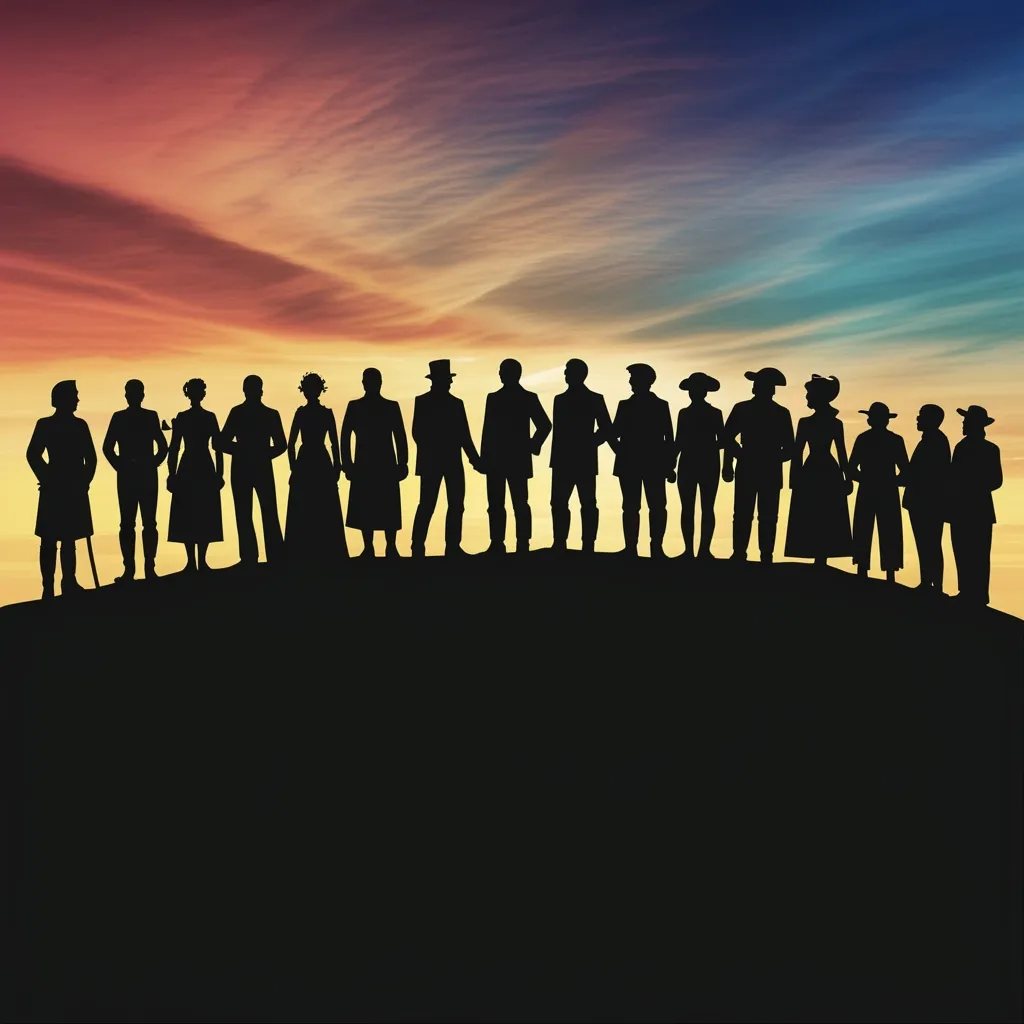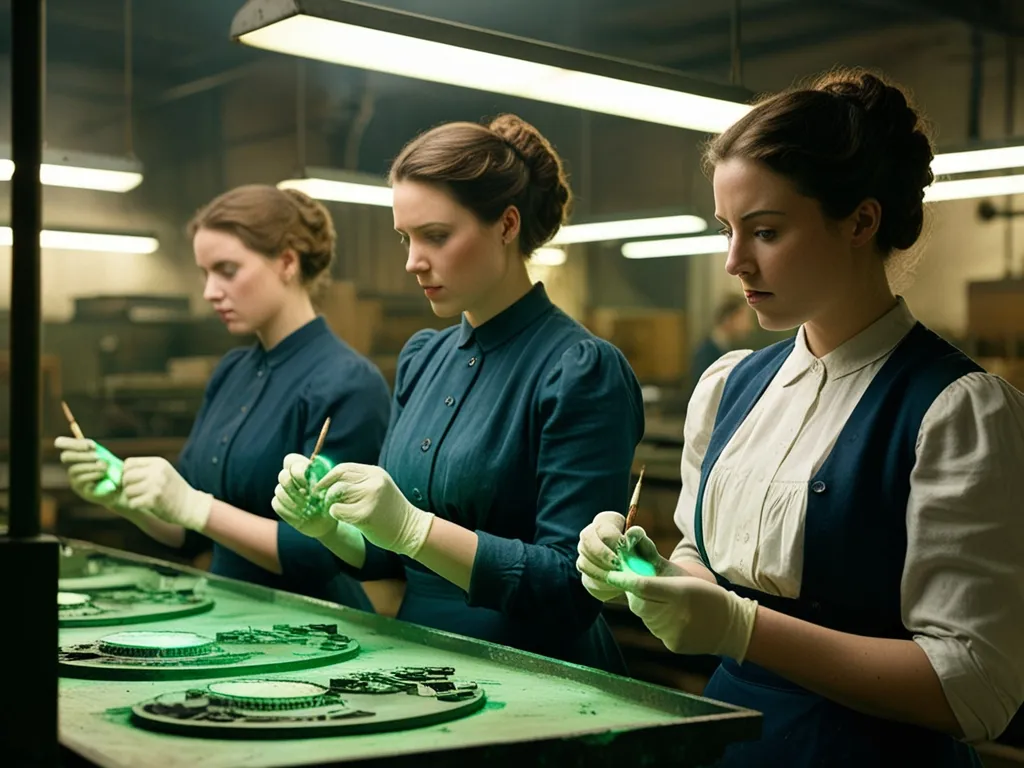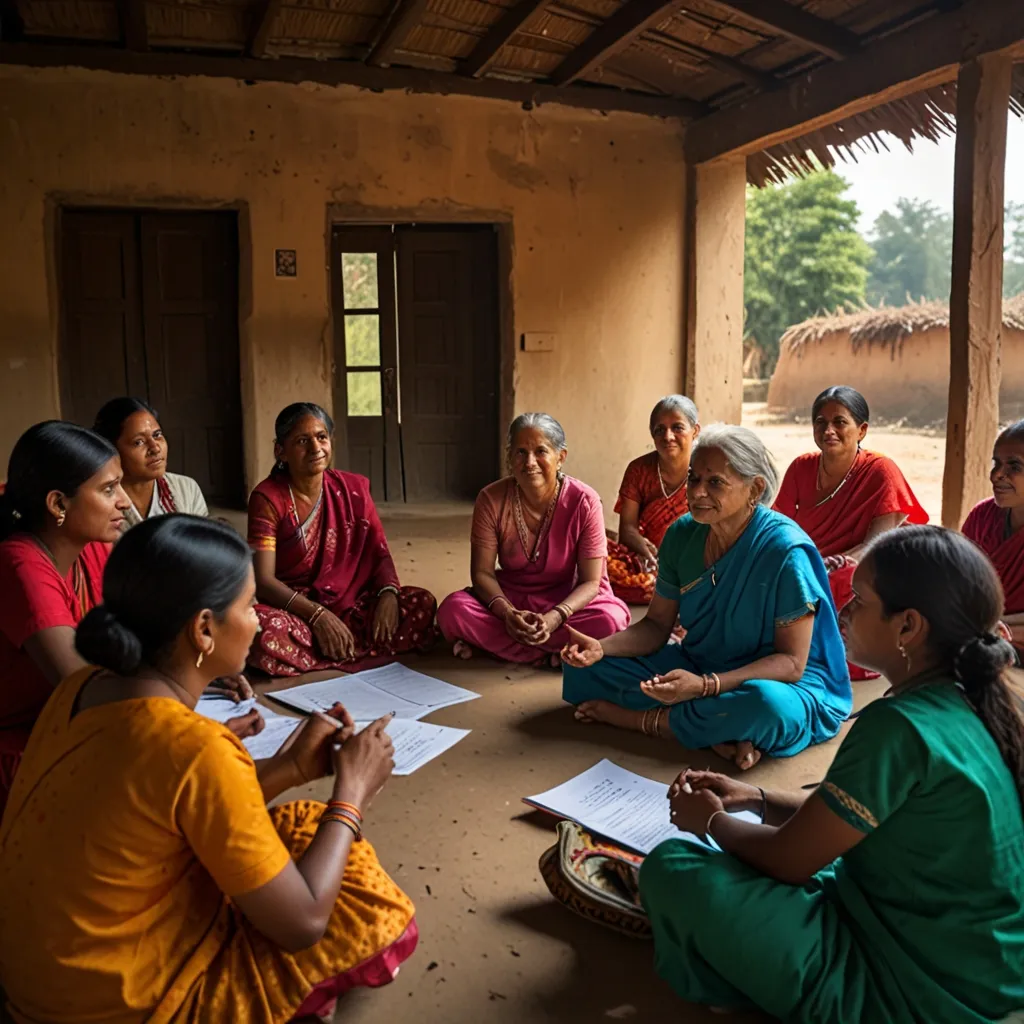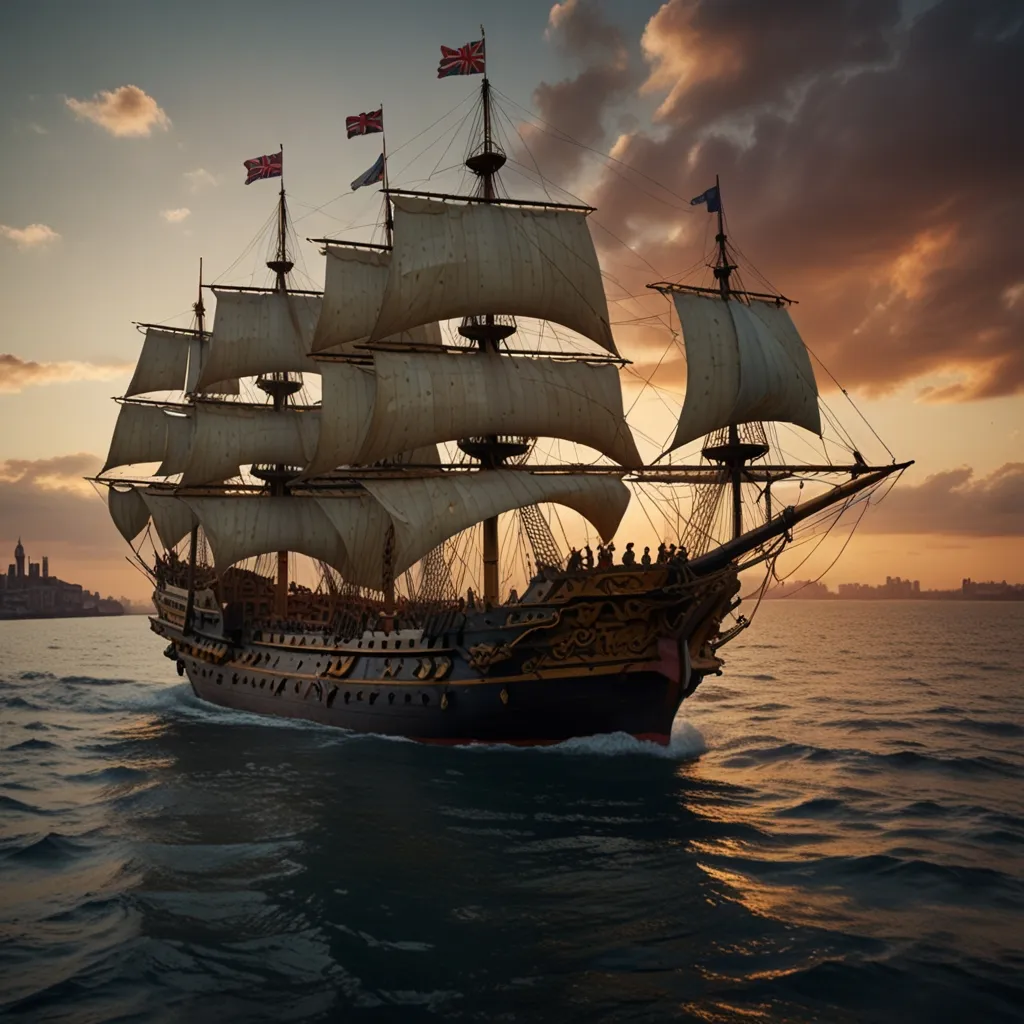The Renaissance: A Time of Light and Shadow
The Renaissance, often hailed as a golden age of art, science, and culture, holds a more complex story beneath its gleaming surface. While we celebrate the masterpieces of Leonardo da Vinci and the scientific breakthroughs of Galileo, there’s a darker narrative that rarely gets the spotlight. It’s a tale of colonization, silenced voices, and European dominance that shaped the world we know today.
Let’s talk about literacy for a sec. You might think it’s just about reading and writing, but during the Renaissance, it was a serious power move. European colonizers rolled into the New World with their fancy alphabets, acting like they were the only ones who knew how to communicate properly. They looked at the oral traditions and writing systems of indigenous peoples and were like, “Nah, that’s not real writing.” It wasn’t just about being snobby though – it was a calculated way to take control.
Picture this: Spanish conquistadors land in the Americas, all puffed up about their superior writing skills. They see the Aztecs and Mayans with their intricate quipus and amoxtlis, and instead of being impressed, they’re like, “Cute, but not as good as our ABCs.” This attitude wasn’t just about being culturally insensitive – it was a deliberate strategy to undermine indigenous knowledge and assert European authority.
Now, let’s chat about maps. During the Renaissance, cartography got a major upgrade, but these weren’t just pretty pictures for your wall. Nope, these maps were tools of colonization. European mapmakers were out there drawing borders, slapping their names on places, and basically saying, “This is ours now.” It was like they were playing a real-life game of Risk, but with actual territories and peoples’ lives.
Take the Relaciones geográficas, for example. These were like the Google Maps of the 16th century, but with a sinister twist. Spanish officials compiled all this detailed info about the lands they’d conquered – the geography, the climate, the people. But it wasn’t just for fun facts. They used this info to impose Spanish names, boundaries, and control over these areas. It was a total makeover of the physical and cultural landscape of the Americas.
One of the most heartbreaking aspects of this era was the silencing of indigenous voices. It wasn’t enough for the colonizers to impose their language and writing – they actively suppressed the rich oral traditions and written records of native populations. It’s like they were trying to erase entire cultures from history.
There were a few exceptions, like Bernardino de Sahagún, a Franciscan friar who actually took the time to document Aztec culture. His Florentine Codex is one of the rare survivors that gives us a glimpse into Aztec knowledge and traditions. But even well-meaning efforts like this often came with a side of colonial bias. The Europeans saw themselves as the civilized ones, coming to save the “primitive” natives from their backward ways.
The Renaissance didn’t just change how people wrote and communicated – it completely reshaped the physical world. European colonizers rolled into new lands with their own ideas of what a “civilized” society should look like. They built cities, introduced their style of architecture, and created new social hierarchies. It was like they were playing SimCity, but with real people and places.
In the Americas, you had cities like Mexico City and Lima popping up as these shiny new centers of colonial power. They were designed to look like European cities, with grand plazas, impressive cathedrals, and important-looking administrative buildings. But here’s the thing – they also incorporated elements of indigenous architecture and labor. It’s like they were trying to create a European city with a local twist, but the power dynamic was always clear.
This darker side of the Renaissance isn’t just ancient history – its effects are still with us today. The way European literacy was forced on people, how territories were mapped and claimed, and how indigenous voices were silenced – all of this has contributed to ongoing issues we’re still grappling with. We’re talking cultural erasure, fights over land, and deep-rooted social inequalities.
You can see it in the continued marginalization of indigenous communities, the disappearance of native languages, and the ongoing struggles for land rights. It’s like the Renaissance cast a long shadow that we’re still trying to step out of.
When we think about the Renaissance, it’s easy to get starry-eyed about all the amazing art and scientific discoveries. But it’s crucial to remember that this era had a serious dark side. By acknowledging this, we can start to understand how power works and how different cultures interact – for better or worse.
I remember visiting Cusco in Peru, and it really hit home for me. The city is this wild mix of Inca and Spanish architecture. You’ve got these incredible Inca stone walls that are now holding up Spanish-style buildings and churches. It’s like a physical representation of how two cultures collided and changed each other forever.
The Renaissance was definitely a time of incredible achievements in art, science, and culture. But it was also a period marked by some pretty dark stuff. When we look at how literacy was used as a weapon, how territories were claimed and remapped, and how indigenous voices were silenced, we get a much more complete picture of what this era was really like.
This isn’t just about dusting off old history books. It’s about recognizing how the effects of colonization are still playing out today and figuring out how we can work towards a more inclusive and fair future for everyone.
As we dive into topics like finance, investment, politics, world history, religion, and lifestyle, it’s super important to remember that our modern world is built on the foundations laid during the Renaissance. By acknowledging both the amazing and the terrible aspects of this era, we can move forward with a clearer idea of what it means to be human and how we can create a world that’s more just and equal for everyone.
So next time you’re admiring a Renaissance painting or reading about a scientific breakthrough from that era, take a moment to think about the fuller picture. It’s a complex tapestry of human achievement and human failings, and understanding both sides can help us navigate our own complex world a little better.
The Renaissance wasn’t just about rebirth and renewal – it was also about power, control, and the reshaping of entire cultures. It’s a reminder that progress often comes at a cost, and that the stories we tell about our past shape how we view our present and future.
As we continue to grapple with issues of cultural identity, global power dynamics, and social justice, the lessons of the Renaissance remain relevant. They remind us to look beyond the surface, to question established narratives, and to strive for a more inclusive understanding of our shared human history.
In the end, the Renaissance, with all its light and shadow, serves as a powerful reminder of our capacity for both greatness and cruelty. It challenges us to learn from the past, to acknowledge the complexities of human progress, and to work towards a future where all voices are heard and all cultures respected.
So, the next time you hear about the wonders of the Renaissance, remember that there’s always more to the story. It’s in understanding these complexities that we can truly appreciate the depth of human history and use that knowledge to shape a better future.
